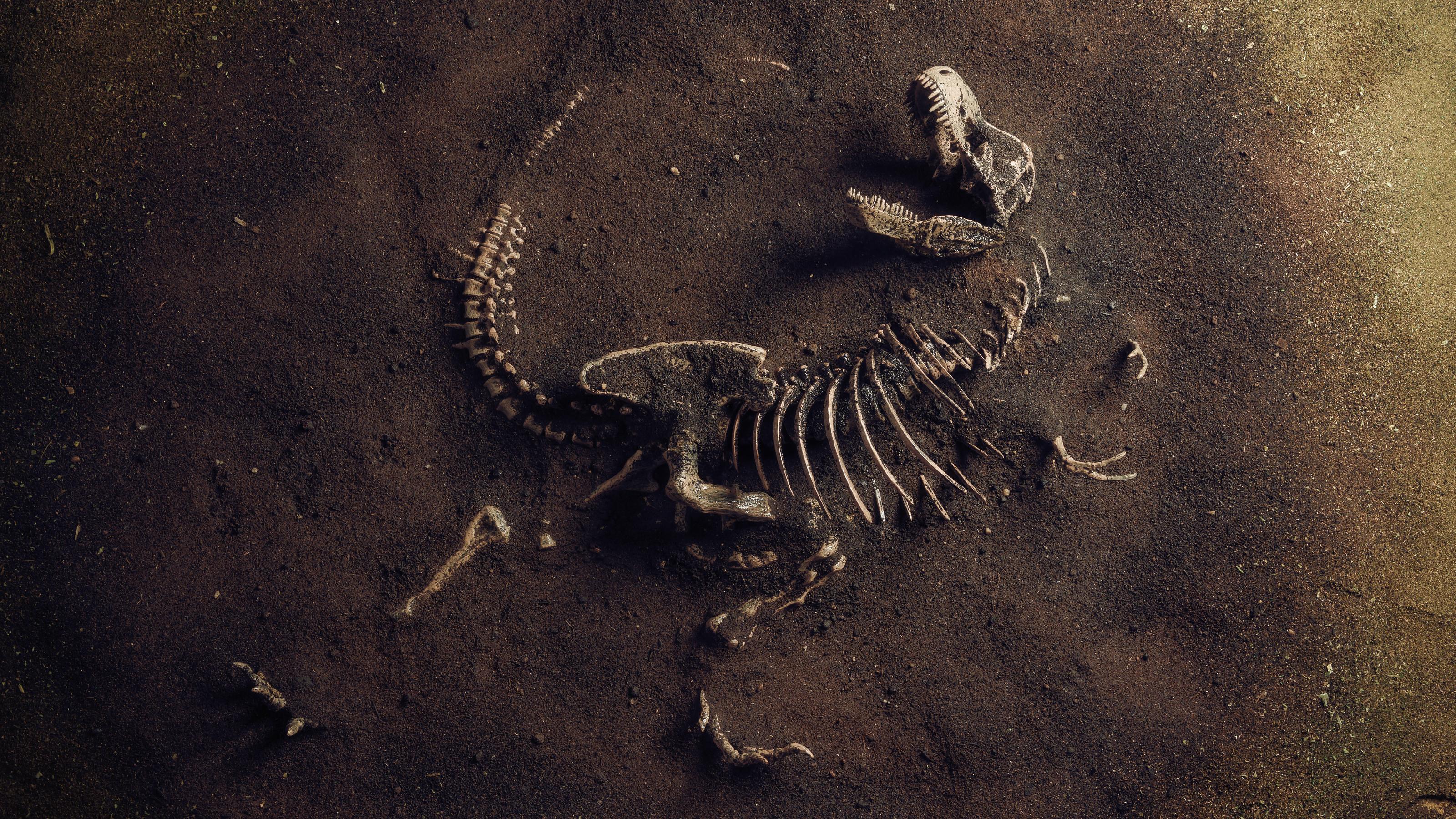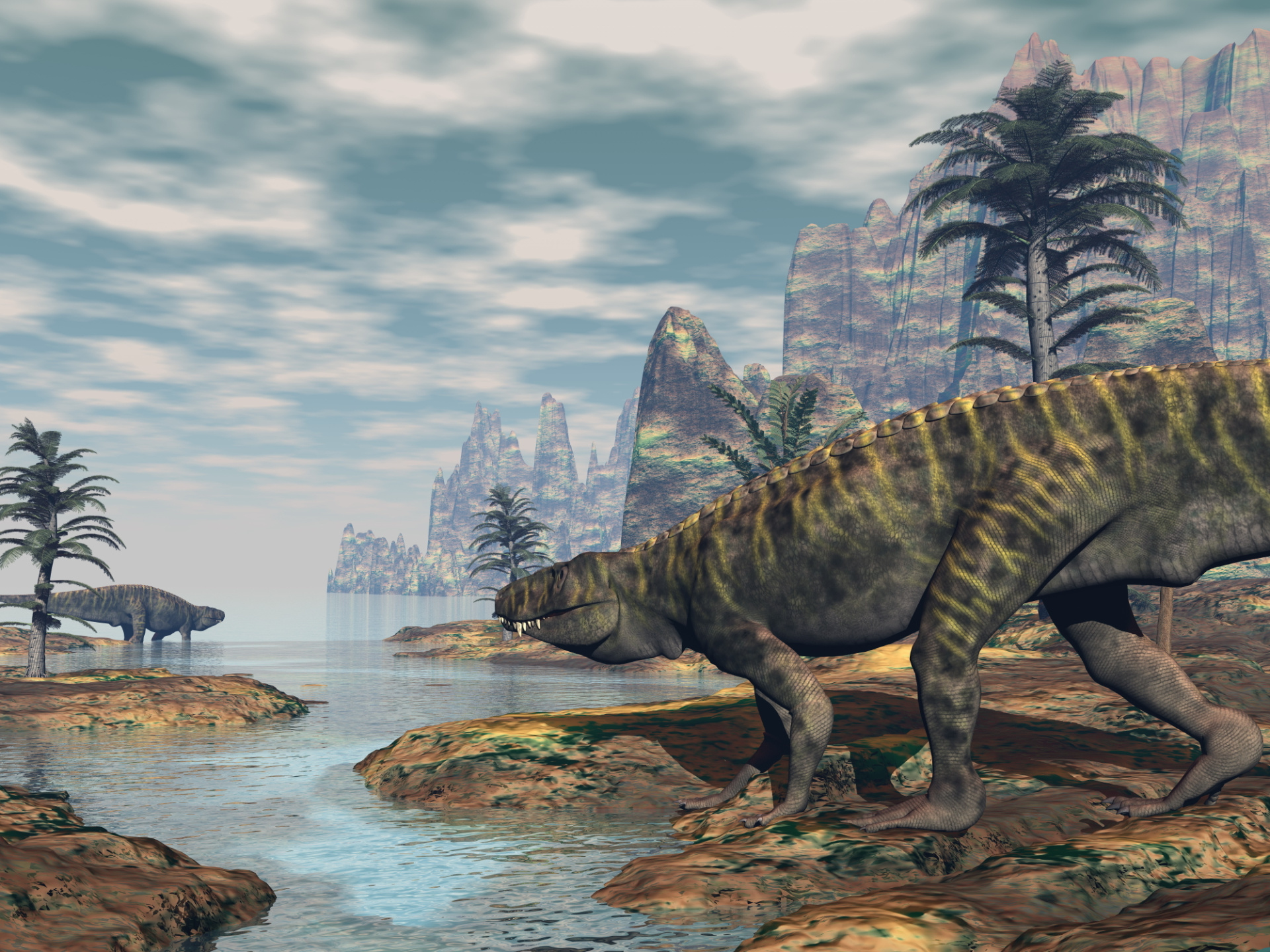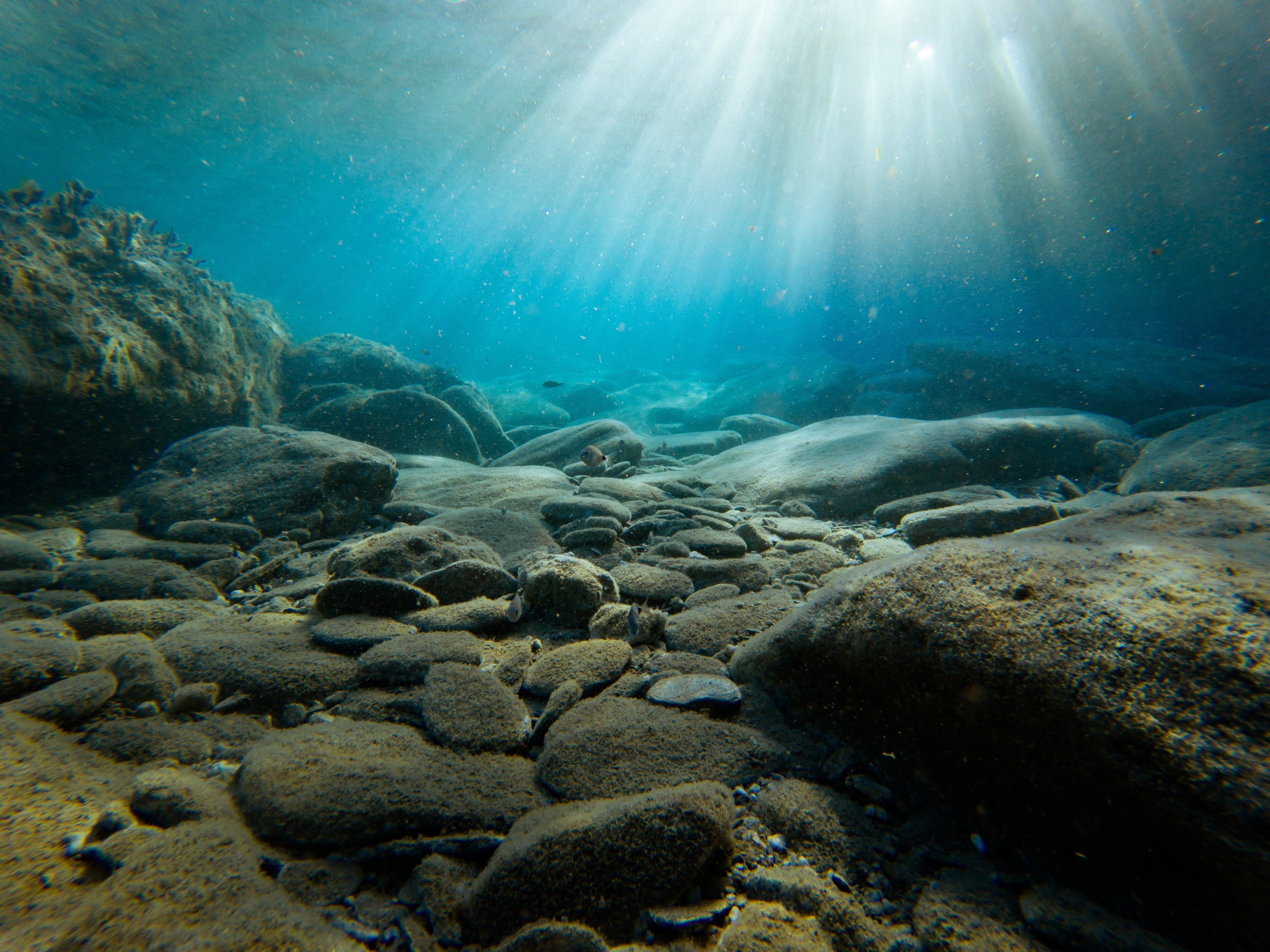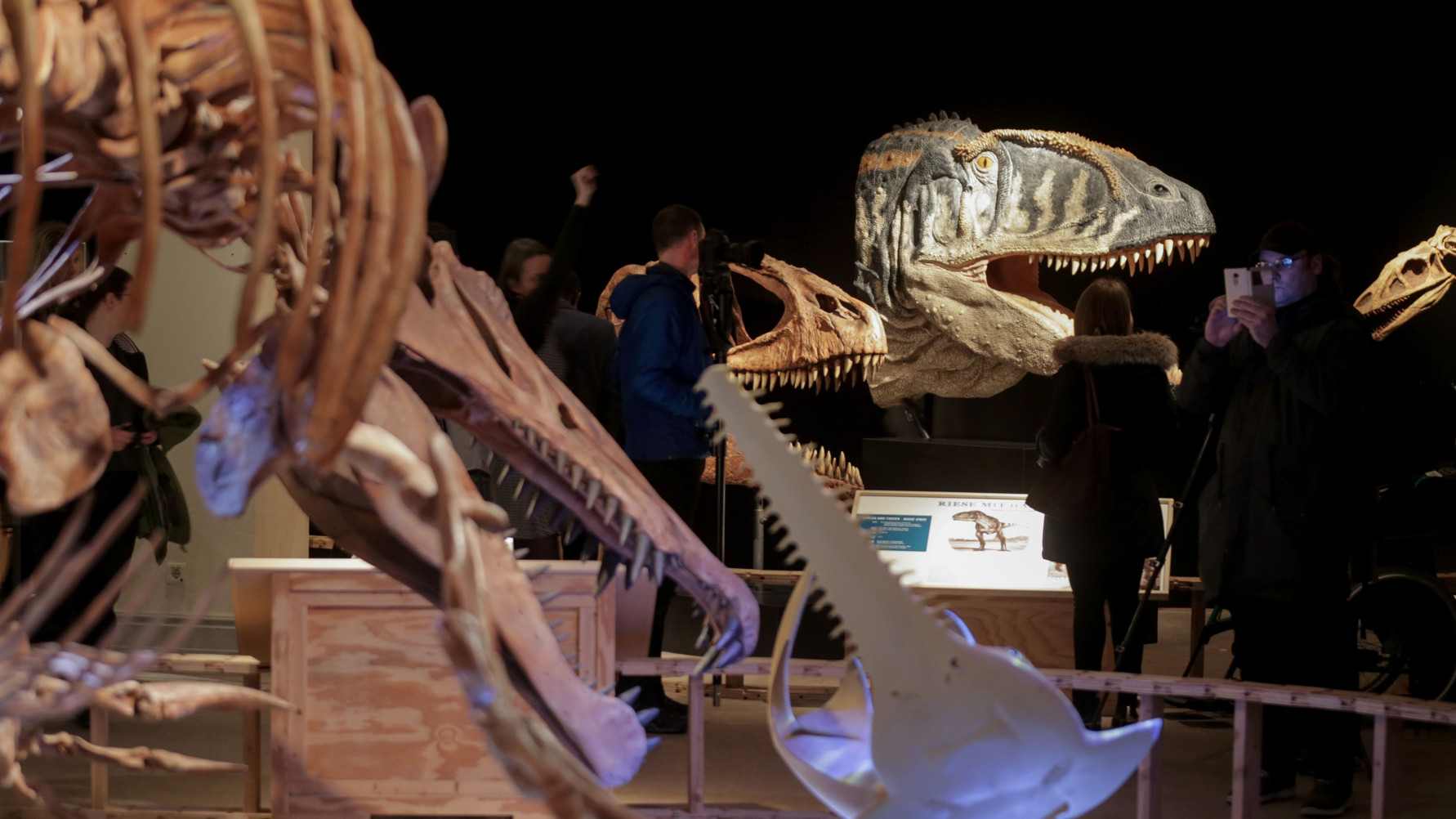Study: Massive Amounts of CO2 Led to Mass Extinction 252 Million Years Ago

The history of life on Earth is full of evolutionary close shaves, most of which we’ll never know too much about. The authors of a new study published in Science believe they’ve uncovered a major clue as to the cause of one of life’s narrowest escapes, known affectionately as The Great Dying, a name that pretty much spells it all out for you.
The Great Dying occurred near the end of the Permian Era, approximately 252 million years ago. As described by Alexandra Witze at Nature, it was a mass-extinction event that saw as many as 90 percent of the world’s species disappear. Scientists possess only a cursory understanding of The Great Dying’s causes, though there’s convincing evidence that a rapid change in the Earth’s carbon cycle was to blame.
Now, the researchers behind the new study are offering evidence that mass volcanic eruptions around the globe were the main culprits. These eruptions emitted huge amounts of carbon dioxide into the air. This in turn raised the acidity of the Earth’s oceans to dangerous levels. All but a few marine species went extinct during this relatively quick chemistry shift. The amount of CO2 in the air did away with much of Earth’s land-based life as well.
Witze suggests further research is necessary to corroborate the study. She also implies that climate scientists are likely to keep a close eye on further Great Dying research because of concerns about the planet’s current rising atmospheric CO2 levels. If it offers any solace, the Great Dying was an event that took place over a period of 10,000 years. Even if CO2 levels continue to rise, mass extinction is only a worst-case scenario… and it’ll be your distant descendants who will have to worry about it.
Read more at Nature.
Can’t keep all those geological eras straight? Below, the Smithsonian’s Kirk Johnson runs through the history of life on Earth in three minutes. During his sprint, Johnson covers the Great Dying mentioned above:
Photo credit: Merlin74 / Shutterstock




